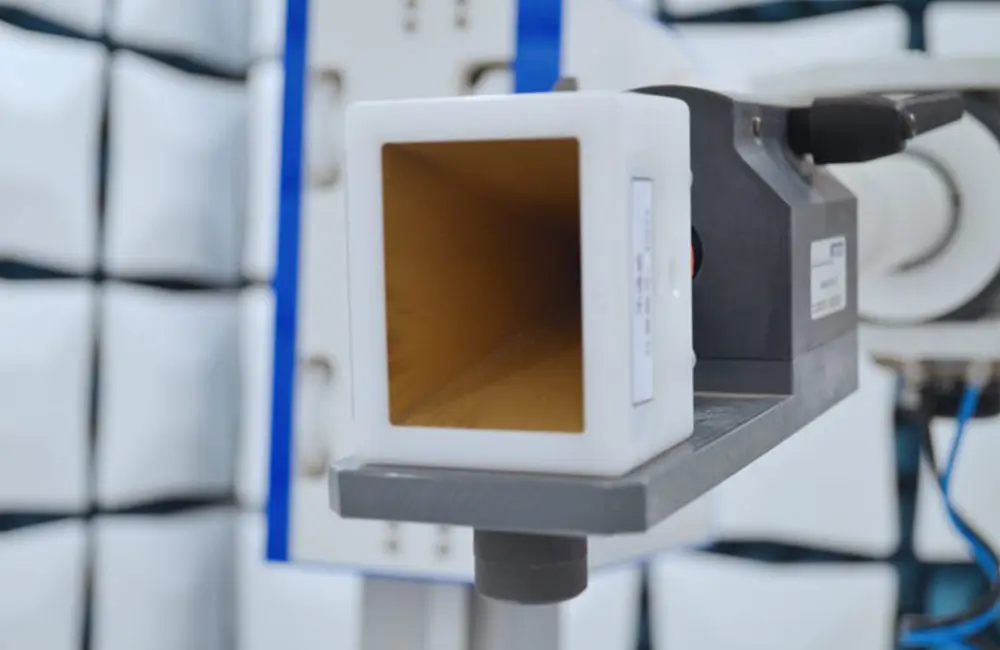
Interpreting RED Directive II: EMC and RF Requirements
With the widespread application of wireless communication technologies, various wireless devices are continuously emerging in the global market. To ensure product quality and electromagnetic environment safety, the European Union (EU) issued the Radio Equipment Directive (RED, 2014/53/EU), which sets clear compliance requirements for wireless products entering the EU market. Among these, Electromagnetic Compatibility (EMC)and Radio Frequency (RF)are two core technical requirements of the RED directive, and companies must pay special attention to them during product design and market entry.

What is the RED Directive?
The RED Directive is a regULatory framework established by the EU for radio equipment. Its purpose is to ensure the free circulation of wireless devices in the EU market while protecting personal health and safety, maintaining electromagnetic environment harmony, and ensuring efficient use of the radio spectrum.
Mandatory since June 13, 2016, the RED Directive replaced the old R&TTE Directive and became the sole recognized entry rule for wireless communication products in the EU market.
EMC Requirements: Ensuring Electromagnetic Environment Stability
Under the RED Directive, EMC requirements ensure that wireless devices do not generate excessive electromagnetic interference (EMI)during operation and have a certain immunity to interference (EMS)to maintain the normal operation of surrounding equipment. These requirements include:
- Devices should not interfere with other electronic equipment under normal operating conditions.
- Devices should withstand reasonable electromagnetic disturbances in their expected environment.
- Compliance with EN 301 489 series EMC harmonized standards.
emc testing typically includes radiated emissions, conducted emissions, radiated immunity, and fast transient immunity, which are key to assessing a product's impact on the external environment and its resistance to interference.
RF Requirements: Ensuring Efficient Spectrum Use
RF requirements focus mainly on the device’s radio performance, ensuring that wireless products operate in specific frequency bandswithout:
- Causing harmful interference to the spectrum.
- Exhibiting poor frequency stability.
- Violating limits on transmission power, modulation, bandwidth, and other parameters according to spectrum planning and coordination standards.
Companies typically refer to EN 300 series standards(e.g., EN 300 328, EN 300 220) to conduct RF performance testing. The test data are used to evaluate whether devices transmit information efficiently and compliantly within the authorized frequency bands.
Relationship Between RED Directive and Other Directives
Products within the scope of the RED Directive do not need separate EMC or lvd certification. The RED Directive already incorporates the basic requirements of the EMC Directiveand the low voltage directive (LVD, 2014/35/EU). Therefore, radio equipment only needs to comply with the RED Directive without applying for separate EMC or lvd certificates.
Why Are These Requirements Crucial for Companies?
Compliance is the prerequisite for smooth market entry. If EMC and RF requirements are not met, products may face customs detention, recalls, market bans, and brand reputation damage. For manufacturers aiming to expand into the EU market, understanding and fulfilling the technical requirements under the RED Directive is the first step toward unlocking international market opportunities.
Email:hello@jjrlab.com
Write your message here and send it to us
 What Are the Testing Items of California Propositi
What Are the Testing Items of California Propositi
 E-Cigarette EU TPD Testing
E-Cigarette EU TPD Testing
 Testing Certification for E-cigarettes Exported to
Testing Certification for E-cigarettes Exported to
 What is Amazon US CPC Certification?
What is Amazon US CPC Certification?
 UK Toy Safety Regulation Standard EN 71-13
UK Toy Safety Regulation Standard EN 71-13
 What is EU UFI Registration?
What is EU UFI Registration?
 EU UFI Registration for E-cigarette E-liquid
EU UFI Registration for E-cigarette E-liquid
 How to get the MSDS Report for Electronic Cigarett
How to get the MSDS Report for Electronic Cigarett
Leave us a message
24-hour online customer service at any time to respond, so that you worry!




